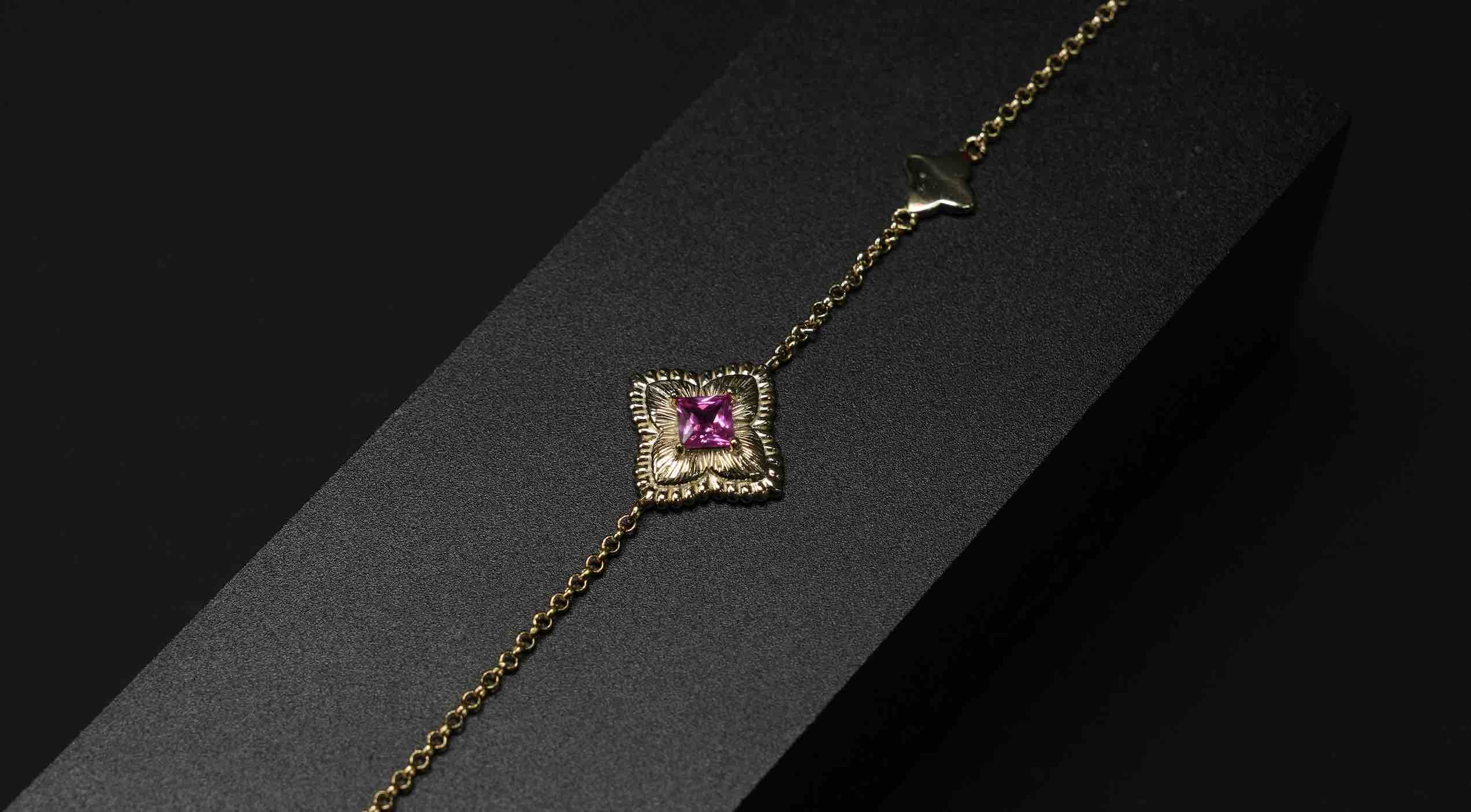How 3D Hard Gold Jewelry Is Made
Gold jewelry has always been a valuable and popular choice, but traditional pure gold pieces are often soft, heavy, and prone to bending or deformation. With the development of digital jewelry manufacturing, a new technique called 3D hard gold has emerged. This process combines 3D modeling, 3D printing, and electroforming to turn digital designs directly into gold jewelry. The resulting pieces are harder than traditional gold, lighter in weight, and can display much more intricate details.

What Is 3D Hard Gold?
3D hard gold is not a new type of metal, but a modern way of making gold jewelry. It uses 99.9% pure gold, keeping the shine and value of traditional gold, while the manufacturing process makes the final pieces about three to four times harder than standard gold. Hollow areas can be included in the design, reducing the weight and making the jewelry more comfortable to wear. At the same time, 3D hard gold allows for highly detailed designs such as openwork, embossed patterns, and three-dimensional shapes, which are difficult or impossible to achieve with traditional handcrafting. This combination of purity, strength, lightness, and fine detail makes 3D hard gold jewelry both practical and visually appealing, though pieces with hollow structures should still be handled carefully to avoid dents or deformation.
3D Hard Gold Jewelry Manufacturing Process
The first step in making 3D hard gold jewelry is digital design. Jewelry designers use software such as Rhino, MatrixGold, or ZBrush to create a detailed 3D model of each piece. This allows them to precisely control the size, shape, texture, and overall structure of the jewelry. Tiny openwork patterns, floating shapes, and embossed details that are difficult to achieve by hand can all be accurately designed in the digital model. Digital design also reduces trial and error, ensuring that each piece can be produced accurately and consistently.
Once the digital model is complete, it is sent to a 3D printer to produce a wax or resin model. Support structures are printed alongside the model to keep it stable, and these supports are removed after printing. The printed model faithfully reproduces all the fine details and complex shapes of the original design.

The printed model is then used in electric forming, where layers of 99.9% pure gold are deposited onto the surface to create a solid gold shell. The hollow areas in the design reduce weight, making the jewelry comfortable for daily wear. The electroforming process also increases the hardness and durability of the pieces, ensuring that they can withstand normal wear and tear while maintaining sharp details and complex shapes.
After electroforming, the jewelry undergoes finishing and polishing. Any remaining supports or excess gold are removed, and the surface is polished to a smooth and shiny finish. Designers check that all details, including openwork and embossed patterns, are clear and well-defined. The final result is a piece of 3D hard gold jewelry that is strong, lightweight, and highly detailed.
Characteristics and Advantages of 3D Hard Gold
3D hard gold combines the value and purity of traditional gold with improved durability and design possibilities. The jewelry is harder and more resistant to scratches or bending compared to normal gold. Hollow designs reduce weight, making the pieces comfortable to wear without sacrificing strength. Intricate details, such as carvings, openwork, and three-dimensional shapes, can be produced reliably. In short, 3D hard gold jewelry provides the same gold purity as traditional pieces while offering better wearability and design freedom.

Suitable Jewelry Types
3D hard gold is especially suited for jewelry that requires fine details or a lightweight design. It works well for intricate carvings, openwork patterns, and small three-dimensional figures or charms. Everyday jewelry such as earrings, bracelets, and pendants benefits from the reduced weight, making them comfortable and easy to wear. Wedding jewelry or commemorative pieces are also ideal, as 3D hard gold maintains the value and prestige of gold while allowing for designs that are more complex and delicate than traditional gold pieces. Overall, this technique gives designers more freedom to create detailed, precise jewelry while ensuring that the final pieces are practical and comfortable for wearers.



